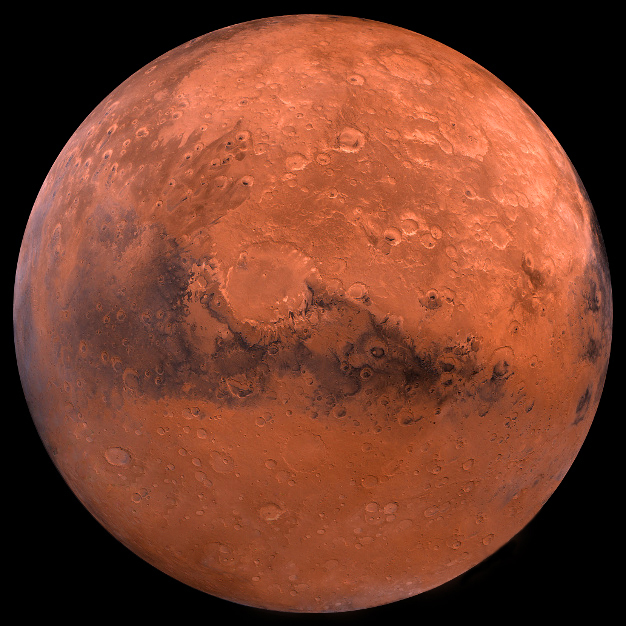
NASA has 19 new technology research projects for technology to enable Moon to Mars exploration. SpaceX will work with NASA for a moon landing project (landing the Starship on the moon) and for in-space refueling.
Advanced Communications, Navigation and Avionics
- Advanced Space of Boulder, Colorado, will partner with NASA’s Goddard Space Flight Center in Greenbelt, Maryland, to advance lunar navigation technologies. The collaboration will help mature a navigation system between Earth and the Moon that could supplement NASA’s Deep Space Network and support future exploration missions.
- Vulcan Wireless of Carlsbad, California, also will partner with Goddard to test a CubeSat radio transponder and its compatibility with NASA’s Space Network.
Advanced Materials
- Aerogel Technologies of Boston will work with NASA’s Glenn Research Center in Cleveland to improve properties of flexible aerogels for rocket fairings and other aerospace applications. The material can result in 25% weight savings over soundproofing materials currently used in rocket fairings.
- Lockheed Martin of Littleton, Colorado, will work with NASA’s Langley Research Center in Hampton, Virginia, to test materials made from metal powders using solid-state processing to improve the design of spacecraft that operate in high-temperature environments.
- Spirit AeroSystem Inc. of Wichita, Kansas, will partner with NASA’s Marshall Space Flight Center in Huntsville, Alabama, to improve the durability of low-cost reusable rockets manufactured using friction stir welding. This welding method, already being used for NASA’s Space Launch System, results in a stronger, more defect-free seal compared to traditional methods of joining materials with welding torches.
Entry, Decent and Landing
- SpaceX of Hawthorne, California, will work with NASA’s Kennedy Space Center in Florida to advance their technology to vertically land large rockets on the Moon. This includes advancing models to assess engine plume interaction with lunar regolith.
- Anasphere of Bozeman, Montana, will partner with Marshall to test a compact hydrogen generator for inflating heat shields, which could help deliver larger payloads to Mars.
- Bally Ribbon Mills of Bally, Pennsylvania, will perform thermal testing in the Arc Jet Complex at NASA’s Ames Research Center in California’s Silicon Valley. The facility will be used to test a new seamless weave for a mechanically deployable carbon fabric heat shield.
- Blue Origin of Kent, Washington, will collaborate with NASA’s Johnson Space Center in Houston and Goddard to mature a navigation and guidance system for safe and precise landing at a range of locations on the Moon.
- Sierra Nevada Corporation of Sparks, Nevada, will work with NASA on two entry, decent and landing projects. The company will partner with Langley to capture infrared images of their Dream Chaser spacecraft as it re-enters Earth’s atmosphere traveling faster than the speed of sound.
For the second collaboration, Sierra Nevada Corporation and Langley will mature a method to recover the upper stage of a rocket using a deployable decelerator.
In-Space Manufacturing and Assembly
- Maxar Technologies of Palo Alto, California, will work with Langley to build a breadboard – a base for prototyping electronics – for a deployable, semi-rigid radio antenna. In-orbit assembly of large structures like antennae will enhance the performance of assets in space. Such capabilities could enable entirely new exploration missions that are currently size-constrained and reduce launch costs due to improved packaging.
Power
- Blue Origin will partner with Glenn and Johnson to mature a fuel cell power system for the company’s Blue Moon lander. The system could provide uninterrupted power during the lunar night, which lasts for about two weeks in most locations.
- Maxar will test lightweight solar cells for flexible solar panels using facilities at Glenn and Marshall that mimic the environment of space. The technology could be used by future spacecraft to provide more power with a lower mass system.
Propulsion
- SpaceX will work with Glenn and Marshall to advance technology needed to transfer propellant in orbit, an important step in the development of the company’s Starship space vehicle.
- Aerojet Rocketdyne of Canoga Park, California, and Marshall will design and manufacture a lightweight rocket engine combustion chamber using innovative processes and materials.
The goal of the project is to reduce manufacturing costs and make the chamber scalable for different missions.
- Blue Origin, Marshall and Langley will evaluate and mature high-temperature materials for liquid rocket engine nozzles that could be used on lunar landers.
- Colorado Power Electronics Inc. of Fort Collins, Colorado, will partner with Glenn to mature power processing unit technology that extends the operating range of Hall thrusters, which are primarily used on Earth-orbiting satellites and can also be used for deep space missions. By integrating their technology with NASA and commercial Hall thrusters, the company expects to provide a propulsion system that can significantly increase mission payload or extend mission durations.
Other Exploration Technologies
- Lockheed Martin will partner with Kennedy to test technologies and operations for autonomous in-space plant growth systems. Integrating robotics with plant systems could help NASA harvest plants on future platforms in deep space.
Through ACO, NASA helps reduce the development cost of technologies and accelerate the infusion of emerging commercial capabilities into space missions.
As the agency embarks on its next era of exploration, STMD is focused on advancing technologies and testing new capabilities for use at the Moon that also will be critical for crewed missions to Mars.
